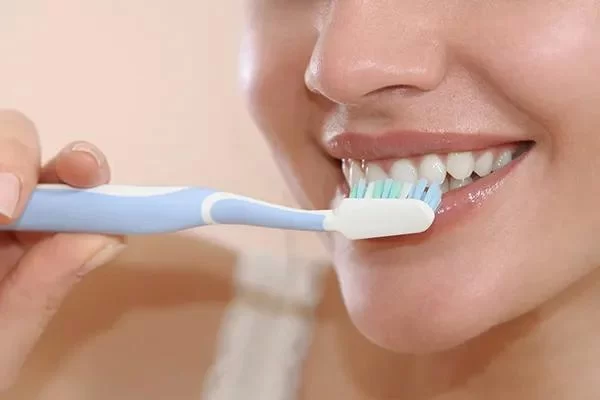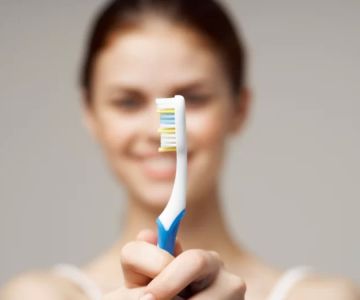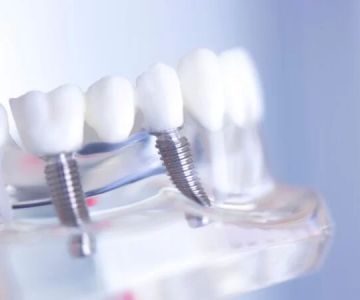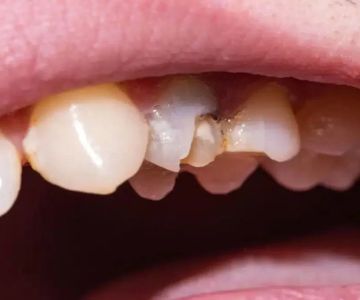
- Understanding Gingivitis and Cavities
- Key Features of the Best Toothbrush for Gingivitis and Cavities
- How to Use Your Toothbrush Effectively for Oral Health
- Real-Life Stories and Professional Advice
Understanding Gingivitis and Cavities
Before selecting the best toothbrush for gingivitis and cavities, it’s important to understand what these conditions involve and why tailored oral care is essential. Gingivitis is the early stage of gum disease, characterized by redness, swelling, and bleeding gums caused by plaque buildup. If left untreated, it can progress to periodontitis, a more serious condition that threatens tooth stability.
Cavities, on the other hand, result from tooth enamel damage caused by acid-producing bacteria feeding on food particles. Both conditions share a common root cause—poor plaque control—and demand effective cleaning techniques supported by the right dental tools.
The Connection Between Gingivitis and Cavities
Gingivitis and cavities often coexist because plaque accumulation affects both gums and teeth. Inflammation from gingivitis can make gums more vulnerable to infection and expose sensitive tooth roots, increasing cavity risk. Choosing a toothbrush designed for these issues can make a significant difference in oral health outcomes.
Key Features of the Best Toothbrush for Gingivitis and Cavities
Not all toothbrushes are created equal, especially when managing sensitive gums and vulnerable teeth. Here are the most critical features to look for:
1. Soft Bristles
Soft bristles are crucial to prevent further irritation of inflamed gums while effectively removing plaque. Hard bristles can damage gum tissue and enamel, worsening both gingivitis and cavity risk. A toothbrush with rounded, soft nylon bristles offers gentle yet thorough cleaning.
2. Small to Medium Brush Head
A smaller brush head allows easier access to tight spaces, including the gum line and between teeth where plaque tends to accumulate. This design improves cleaning efficiency without causing trauma to delicate gum tissues.
3. Ergonomic Handle for Better Control
Good grip and control reduce brushing mistakes like applying excessive pressure, which can harm gums and enamel. An ergonomic handle encourages consistent, gentle brushing that protects oral tissues while maximizing plaque removal.
4. Consider Electric Toothbrushes with Sensitive Modes
Electric toothbrushes with modes designed for sensitive gums can enhance plaque removal with less effort and more precision. Features like pressure sensors prevent over-brushing, helping to protect vulnerable gums and enamel.
How to Use Your Toothbrush Effectively for Oral Health
Choosing the best toothbrush is only part of the solution; proper technique and oral hygiene habits are equally important.
1. Gentle Circular Motions
Brush gently using small circular motions rather than harsh back-and-forth strokes. This approach cleans effectively without damaging gums.
2. Focus on the Gum Line
Since plaque accumulates along the gum line, spending extra time brushing this area can reduce gingivitis risk and prevent cavities near the roots.
3. Brush Twice Daily and Replace Toothbrush Every Three Months
Regular brushing twice a day and timely replacement of worn bristles maintain effectiveness and reduce bacterial buildup on your toothbrush itself.
Real-Life Stories and Professional Advice
Mark, a 40-year-old graphic designer, struggled with recurrent gum bleeding and cavities despite regular brushing. After switching to a soft-bristle electric toothbrush with a sensitive mode and learning proper brushing techniques, he saw a remarkable improvement within two months. His gums stopped bleeding, and his dentist praised his improved oral hygiene.
Such stories highlight the impact of using the right toothbrush paired with proper technique. For those searching for reliable oral care products and expert guidance, Dentistry Toothtruth offers a curated selection of toothbrushes and accessories tailored to gingivitis and cavity prevention. Their knowledgeable team can help you find the best solution for your specific needs.







 Westgate Dental Arts
Westgate Dental Arts Coventry Family Dental
Coventry Family Dental Familia Dental
Familia Dental Dr. Daniel S. Fife, DDS
Dr. Daniel S. Fife, DDS Dentistry At Suburban Square: Michael I. Wollock, DMD
Dentistry At Suburban Square: Michael I. Wollock, DMD Comfort Care Dental
Comfort Care Dental The Importance of Oral Health Education During Pregnancy for a Healthy Pregnancy
The Importance of Oral Health Education During Pregnancy for a Healthy Pregnancy Why Skipping Dental Checkups Can Lead to Bigger Oral Health Problems
Why Skipping Dental Checkups Can Lead to Bigger Oral Health Problems Best Tips for Brushing Your Teeth Properly for Healthy Gums: Essential Techniques for Oral Health
Best Tips for Brushing Your Teeth Properly for Healthy Gums: Essential Techniques for Oral Health Advantages of Porcelain Dental Restorations
Advantages of Porcelain Dental Restorations How Can Diabetes Cause Tooth and Gum Problems? Preventing and Managing Oral Health Issues
How Can Diabetes Cause Tooth and Gum Problems? Preventing and Managing Oral Health Issues Healthy Habits for Promoting Good Oral Health and Hygiene: Tips for a Healthy Smile
Healthy Habits for Promoting Good Oral Health and Hygiene: Tips for a Healthy Smile